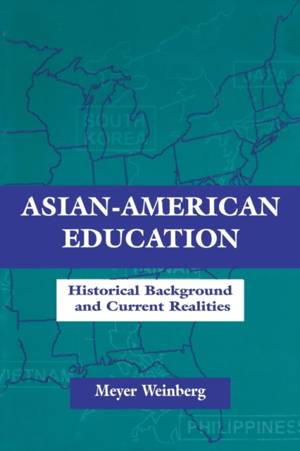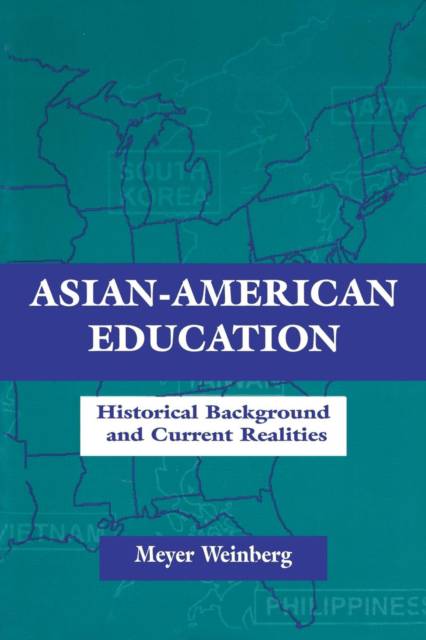
- Retrait gratuit dans votre magasin Club
- 7.000.000 titres dans notre catalogue
- Payer en toute sécurité
- Toujours un magasin près de chez vous
- Retrait gratuit dans votre magasin Club
- 7.000.0000 titres dans notre catalogue
- Payer en toute sécurité
- Toujours un magasin près de chez vous
86,95 €
+ 173 points
Format
Description
Asian-American Education: Historical Background and Current Realities fills a gap in the study of the social and historical experiences of Asians in U.S. schools. It is the first historical work to provide American readers with information about highly individual ethnic groups rather than viewing distinctly different groups as one vague, global entity such as "Asians." The people who populate each chapter are portrayed as active participants in their history rather than as passive victims of their culture.
Each of the twelve country-specific chapters begins with a description of the kind of education received in the home country, including how widely available it was, how equal or unequal the society was, and what were the circumstances under which the emigration of children from the country occurred. The latter part of each of these chapters deals with the education these children have received in the United States. Throughout the book, instead of dwelling on a relatively narrow range of children who perform spectacularly well, the author tries to discover the educational situation typical among average students. The order of chapters is roughly chronological in terms of when the first sizable numbers of immigrants came from a specific country.Spécifications
Parties prenantes
- Auteur(s) :
- Editeur:
Contenu
- Nombre de pages :
- 360
- Langue:
- Anglais
- Collection :
Caractéristiques
- EAN:
- 9780805827767
- Date de parution :
- 01-08-97
- Format:
- Livre broché
- Format numérique:
- Trade paperback (VS)
- Dimensions :
- 155 mm x 234 mm
- Poids :
- 489 g

Les avis
Nous publions uniquement les avis qui respectent les conditions requises. Consultez nos conditions pour les avis.






